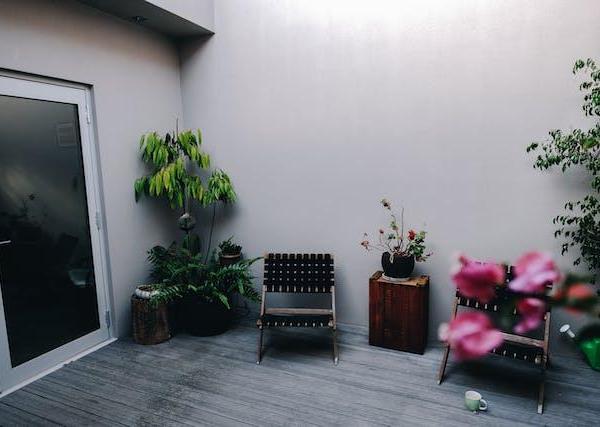Photo by Lachlan Ross from Pexels Introduction
Your bedroom should be a peaceful oasis that supports your body's natural sleep cycles. However, many common elements can disrupt relaxation without you even realizing it. By making simple adjustments, you can transform your space into a calm, serene environment optimized for slumber.
Choose Soothing Décor and Colors
Opt for neutral, tranquilizing hues like light blue, pale green or soft gray that won't overstimulate your senses as you unwind before bed. Pair these with soft fabrics, organic textures like wood in minimalist furniture, and framed pictures of nature scenes, flowing water or beach scenery. Keep items clutter-free and minimize extra decorative elements that are too visually busy or lively. decluttering creates a distraction-free zone.
Control Light Exposure
Adjust your bedroom lighting with a dimmer switch or smart bulbs to slowly get warmer and cozier starting a couple hours before your regular bedtime. Install blackout curtains, an eye mask or eliminate any small lights from electronics to fully block outside light from waking you prematurely. Diffused, warm lamplight is ideal for reading compared to overhead fixtures. A Himalayan salt lamp bathes the space in soft amber glow without brightness.
Incorporate Relaxing Aromas
Essential oils have powerful effects on mood and the limbic system. Diffuse calming scents like lavender, chamomile, clary sage, ylang ylang or bergamot in your bedroom to alleviate stress and anxiety before bed. For an extra touch, you can also soak organic cotton balls and place them in sachets under your pillows. Consider growing fragrant plants like jasmine, lilac or lemon balm. Subtle wafts of aroma help relax both mind and body.
Adjust Furniture Placement
Venture beyond aesthetic preferences to follow feng shui principles for optimal energy flow and balance in your sleeping space. The best positions your bed opposite the door under supportive areas in the Bagua chart. Avoid elements under the bed or head that obstruct chi. Consider clearing clutter completely from under the bed frame.
Limit Technology Exposure
Scientific studies show the blue wavelength light emitted from screens tricks your brain into thinking it's daytime, disrupting melatonin production critical for drowsiness. Designate at least one hour before bed as device-free. Set all electronics to “do not disturb” mode. For teenagers, establish mutual screen curfews. Pick up a book, journal, do light stretches instead.
Focus on Mattress Comfort
Pay close attention to your mattress, as most people spend one third of their life sleeping or trying to sleep! Choose a model suitable for your needs, firmness preference and body type. Layer with soft, breathable cotton sheets and multiple pillows or blankets tailored to how you sleep best. Maintain an average temperature between 60-67°F with ventilation. Overall calm soothes the psyche.
Promote Deep Sleep Hygiene
Consistency maximizes your natural sleep-wake cycle. Establish a regular bedtime routine including calming activities. Avoid large meals, caffeinated drinks and rigorous exercise close to bedtime as well. Designate your bed for sleep and intimacy only to condition your brain. Developing healthy sleep hygiene leads to better quality rest and productivity each day.
Conclusion
Through simple adjustments, you can cultivate a peaceful bedroom sanctuary that primes your body and mind for deep, rejuvenating slumber. A calm, serene atmosphere sets the ideal environment for your best night's sleep.



